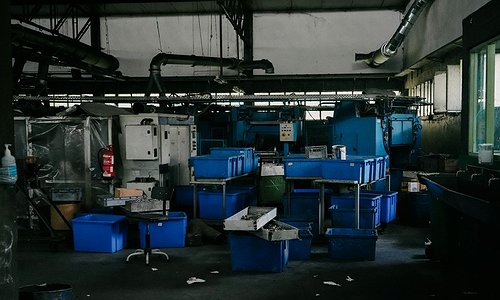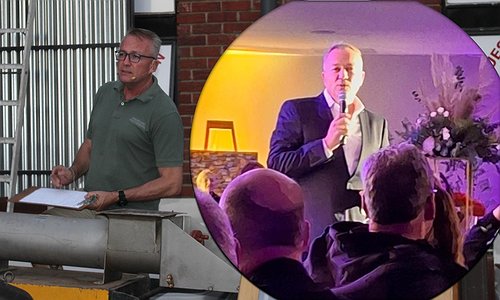Can South Africa's art market become a new investment frontier?
It’s not just about beauty anymore. It’s about balance sheets.
From contemporary stars like Zanele Muholi and Mary Sibande to late greats like Irma Stern and Gerard Sekoto, South African artists are increasingly being seen not only as cultural powerhouses but also as economic assets. Their works are appearing in more diversified investment portfolios, right alongside equities, property, and bonds.
A weak Rand, a strong appetite
The art world is notoriously global, and right now, that’s playing into South Africa’s favour. The depressed value of the rand means international buyers, especially those with dollars, euros, or pounds, can acquire high-quality works from South African artists at what they perceive as a discount. From a foreign buyer’s perspective, South African art is undervalued. It’s not just about exchange rates, it’s also about the growing international recognition of our talent. The rest of the world is catching on.
For local investors, there’s also a growing understanding that fine art can hedge against inflation and currency volatility. It doesn’t hurt that South Africa has a rich and diverse talent pool, from traditional painters to digital and NFT innovators, all contributing to a vibrant, multifaceted market.
Galleries, auctions and alternative Platforms
Local galleries are experiencing an uptick in serious buyers, and not just those decorating their homes. Cape Town’s art scene, long viewed as a cultural hub, is buzzing. Meanwhile, Joburg's gallery circuit has seen stronger than usual sales in the past 12 months, particularly at key auction houses like Strauss & Co and Aspire.
Newer platforms are also helping to democratize the space. Online marketplaces, digital art fairs, and social media exposure have made it easier for emerging artists to find collectors and for buyers to educate themselves. Some platforms even offer fractional ownership models — yes, you can now “own” a piece of a Sekoto the way you’d buy into a stock.
Risks, returns, and the long game
Of course, art isn’t a quick flip. It’s illiquid, and it doesn’t pay dividends. There are also questions around valuation, provenance, and market cycles. But for many, that’s part of the appeal. It’s a longer-term play that blends passion with potential profit. Collectors need to do their homework. It’s not just about buying something pretty. You need to know the artist, understand their trajectory, and track auction data. The good news is that the information is more accessible than ever. Those who bought early into names like William Kentridge or Athi-Patra Ruga are sitting pretty. And with new talent rising and more attention being paid to Africa’s cultural output globally, many investors believe this is only the beginning.
The bottom line
South Africa’s art market is quietly transforming into a new kind of investment frontier, one where creativity and capital intersect. While it won’t replace more traditional assets, it’s becoming an increasingly interesting part of the broader wealth conversation. And perhaps that’s the real value here: in a world of shifting markets and unpredictable currencies, art offers something different — a tangible, meaningful, and (sometimes) lucrative way to engage with the future.
As one Cape Town collector recently put it:
“At the end of the day, if the market crashes, at least I’ve got something beautiful to look at.”




